WEEK 4
MIND-MAPPINGWORKSHOP
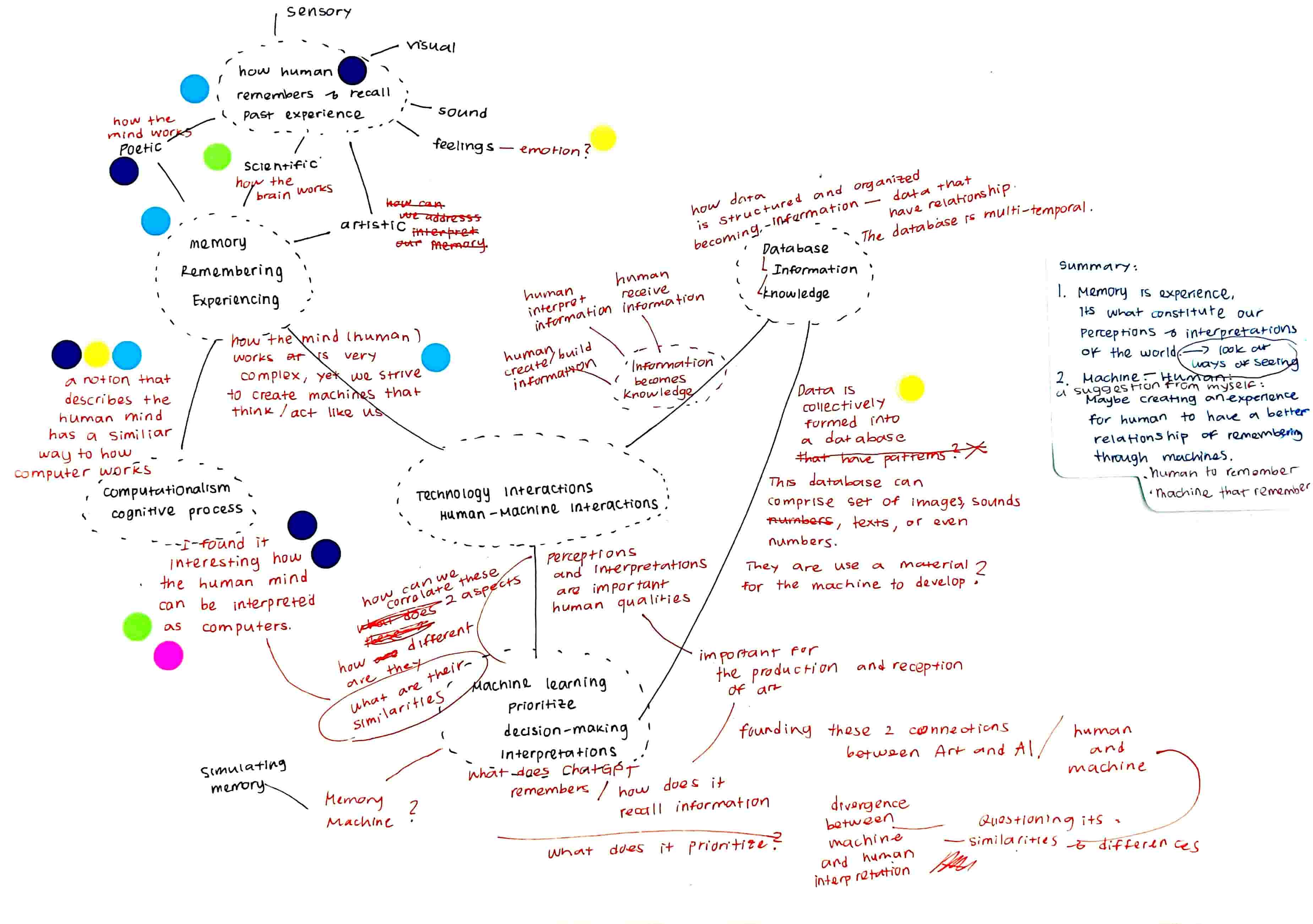
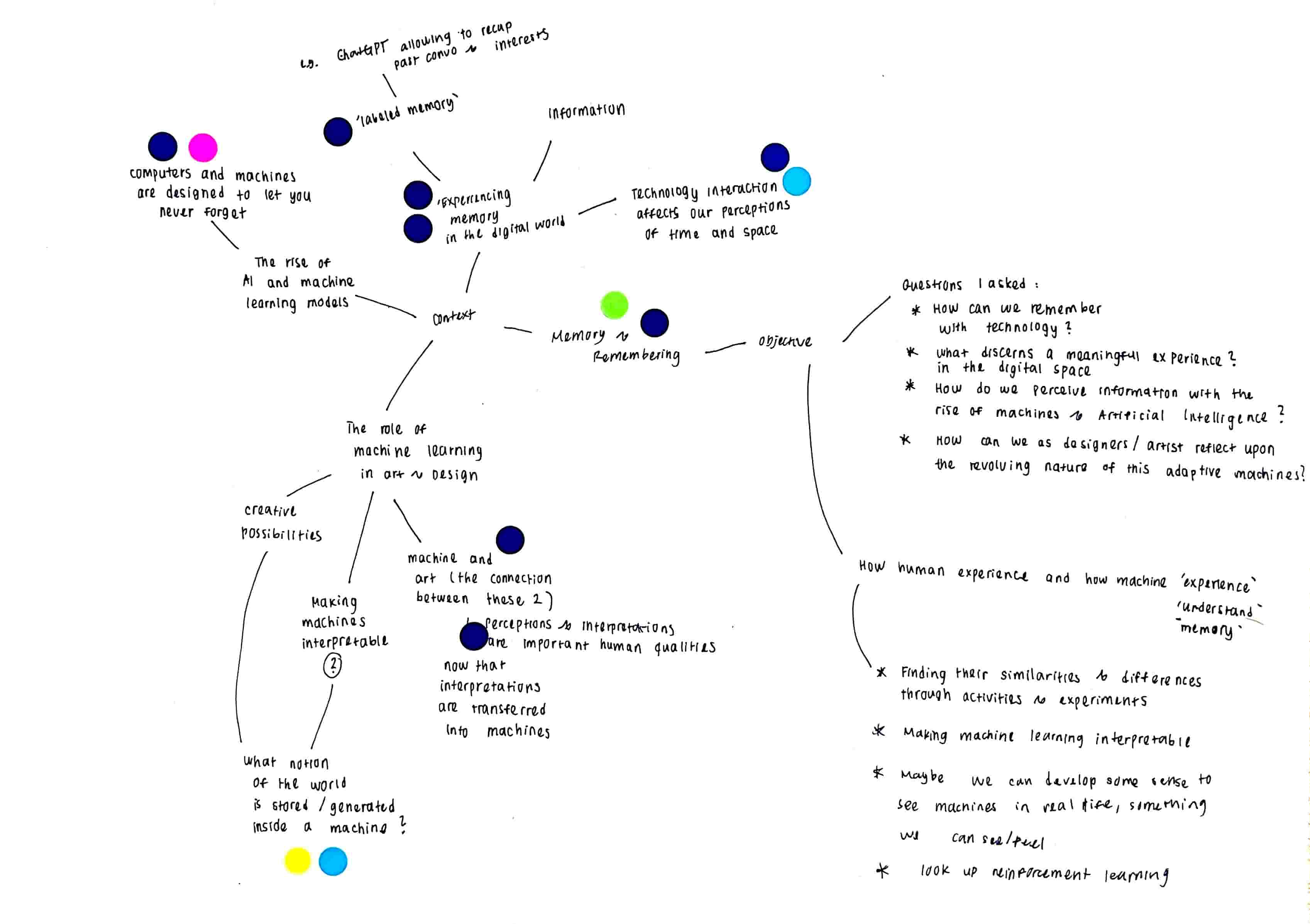

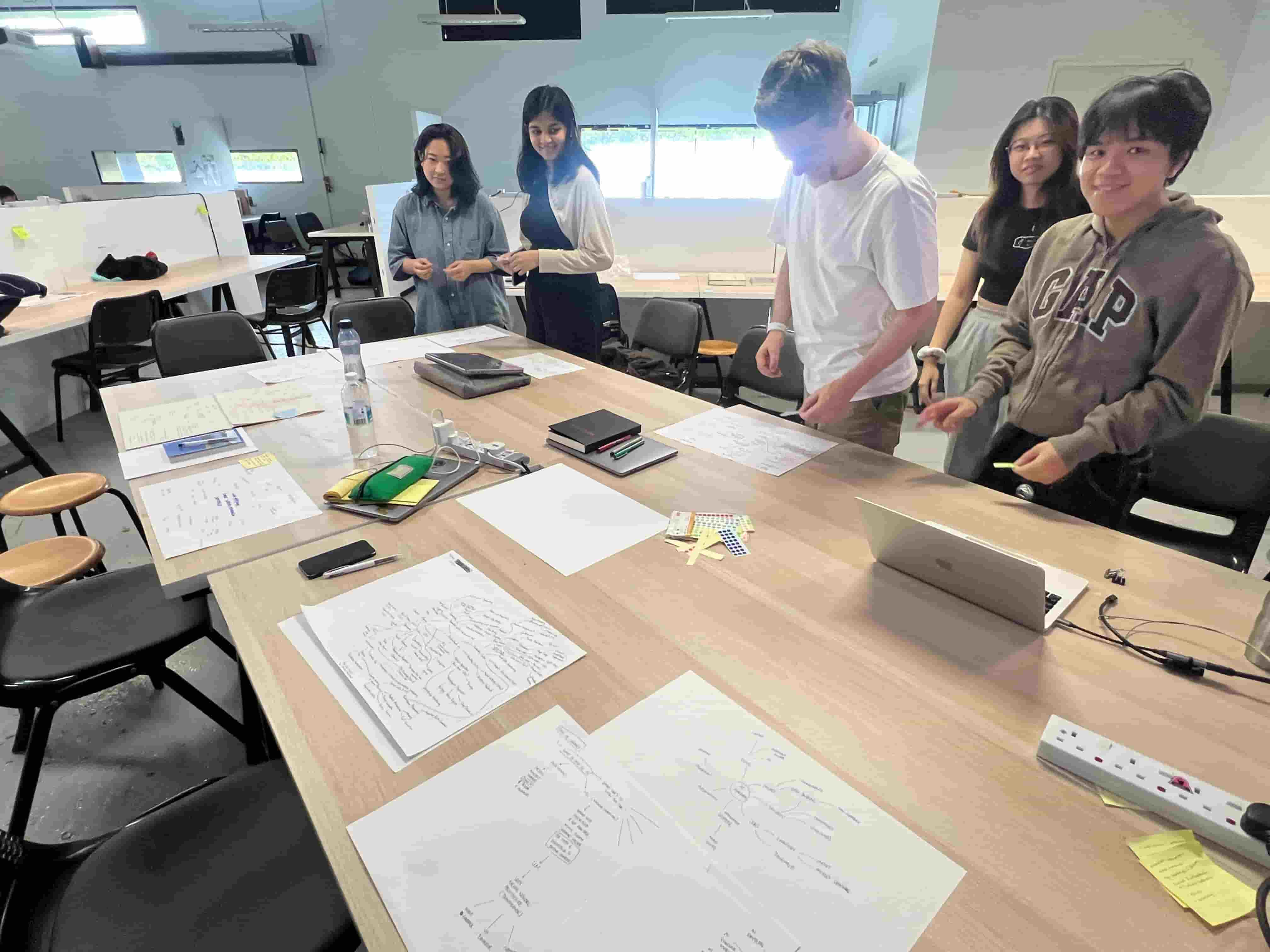
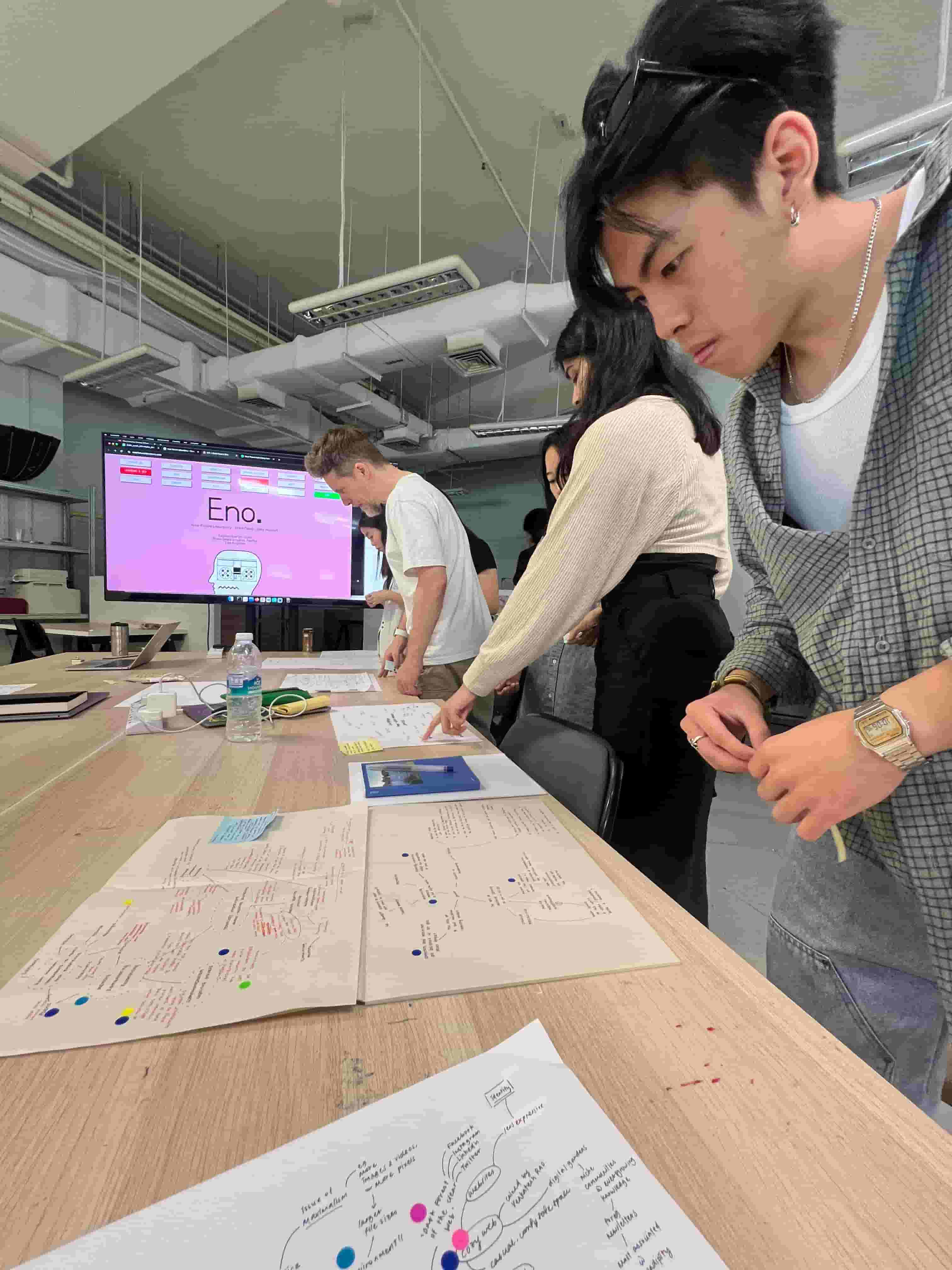
Mind-Maps Each of us took a set of stickers and place them to any keywords that we found interesting in others' mind maps
Placing Stickers on Keywords
This week, we did a fun exercise with mind maps. The goal was to gain insights from others about what they found interesting in our collection of thoughts and then discuss it as a group. Some people used broad, general terms, while others were more specific. For my mind map, I realized I should have included more keywords instead of full sentences, as it ended up feeling more like a concept map than a mind map.
When counting how many stickers I received, the most popular keyword was "Computationalism," which explores the idea that the human mind functions similarly to a computer. It seemed to resonate with many people, reflecting an interest in the parallels between human and machine cognition—something I find quite poetic as well. I had been thinking about this within a theoretical framework, but I haven't yet figured out how to connect it clearly with the topic of memory.
Perhaps I could use this concept to draw connections between humans and machines when drafting my research proposal outline.
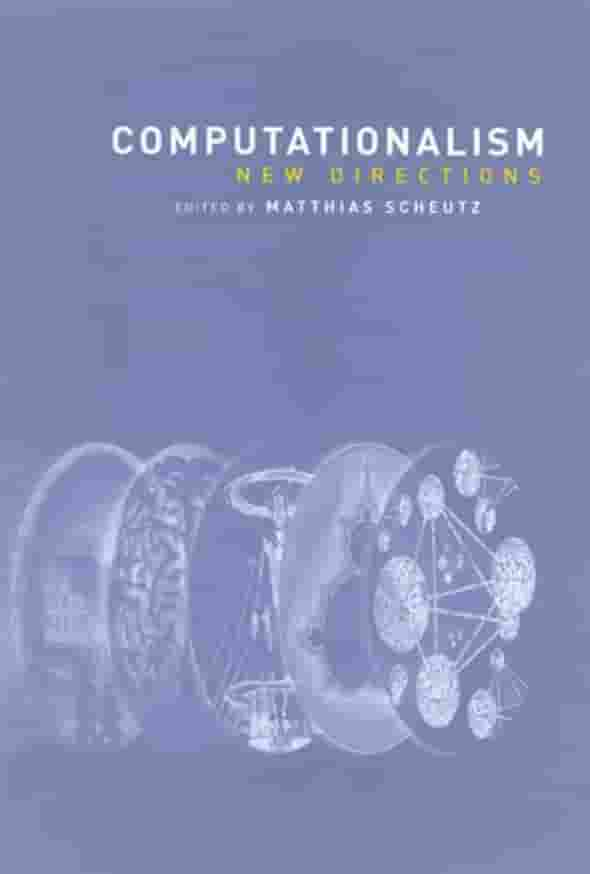
"Computationalism —the view that mental states are computational states—is based on the conviction that there are program descriptions of mental processes and that, at least in principle, it is possible for computers, that is, machines of a particular kind, to possess mentality." (Scheutz)
I enjoyed reading the range of words coming from other people. While looking at the mind maps, I also tried to find connections between the keywords, even if they seemed randomly placed on the paper. The workshop concluded with us creating a timeline to envision our future plans and anticipate what’s ahead. In the near term, I definitely need to start defining my research pillars to shape my literature review before the next two weeks.

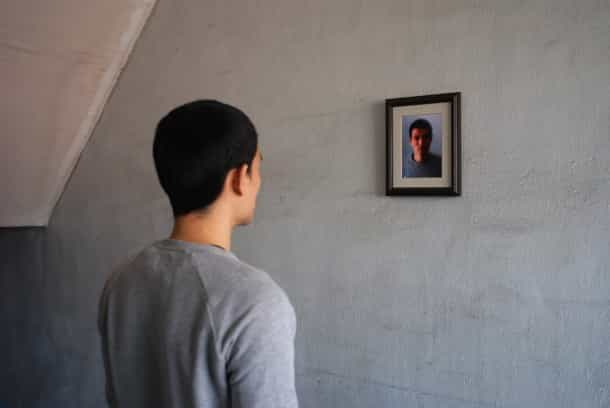
Memory by Shinseungback and Kimyonghun
Machine Memory
When considering my research approach, I found it difficult to articulate what I wanted to explore or investigate. I realized that I don’t want my research outcome to become just a tool (like something that helps people remember their memories), as that feels less meaningful to me. Instead, I want it to be more like an object or experience that encourages reflection and interpretation on its own.When thinking about human and machine memory, it's clear that they are technically very different. But how different are we, really, when these technical processes are inspired by our own cognitive functions?
How are we different from these intelligent machines? How can we use these machines not just as tools, but as processes that encourage us to reflect on our own nature?
Soda gave me an example of a project that uses face recognition, where the machine acts as a kind of self-portrait. It tracks visitors by superimposing all the faces it recognizes, creating an average face from all the ones it has seen. The frame, initially meant to reflect the visitors' faces, becomes a historical record—a memory of the machine.
To me, this could represent the memory of a machine, even though machines don’t have memories in the same way humans do. By becoming part of the frame, we all contribute to the machine's "memory" as a generalized image.
This raises the question: is this how a machine forms its understanding of the world? I interpreted this as the machine generalizing based on the large dataset it has been fed (the participants' portraits), while humans generalize experiences based on what they see from that frame (their portraits).
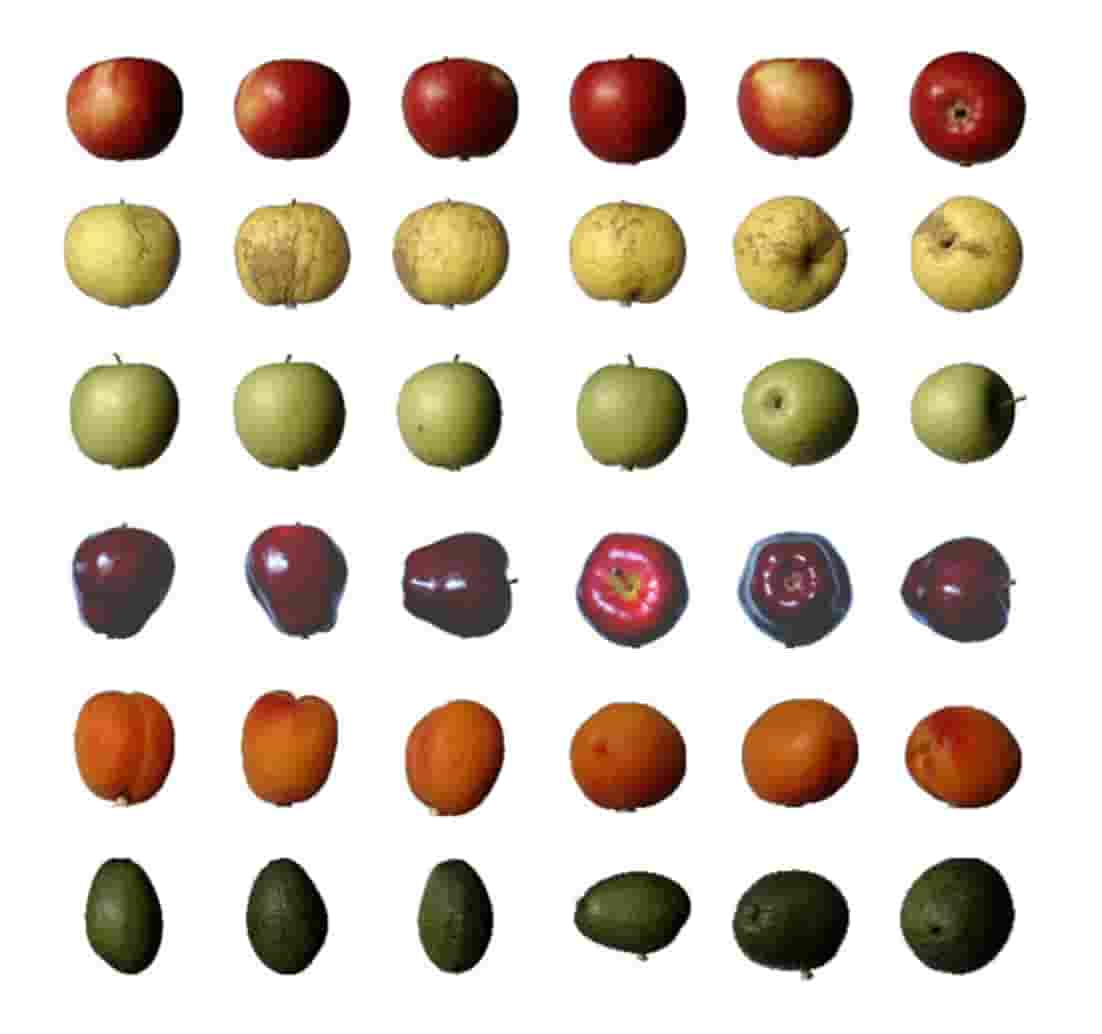
Generative Representation by Heather Dewey-Hagborg
Machine as a Generative Representation
In Week 2, I mentioned how machine learning models learn from static data. I found Heather Dewey-Hagborg's essay "Generative Representation" particularly interesting, as she questions the concept of a machine learning model as a representation of something as simple as a fruit. She provides examples that highlight the limitations of training a machine learning model, illustrating how these systems can struggle with accurate representation.
When a model is trained on input data consisting of images of fruits, each tagged with the name of the variety, it learns to categorize anything it processes into these fruit categories. As a result, it may even generate images of non-existing fruits. In this way, the fruit data defines the model’s "understanding" of the world, creating a bias based on what it has been trained to recognize.
"So, does this model represent fruit?"
She examined how the model could truly represent the fruit, noting that without the actual fruits, there would be no model. The model holds a latent potential to blend images of fruits and create entirely new, non-existent varieties, imagining fruits beyond the simple examples it was trained on. I found this particularly interesting because she suggests that a model doesn’t just represent something—it also transcends its characteristics, generating new possibilities.
This made me wonder: if, in the future, we could feed our memories (connected from our cognition) into a machine, would that mean these models could become a sample of our experiences? Could the model act as a representation of ourselves? There are potentially dangerous consequences to this idea, and it evokes dystopian possibilities. However, I believe this is something we should reflect on. As artists and designers, our task might be to create a better relationship with these models, finding new perspectives on how we interact with and understand them.
Imagining Time
After this week's session, I realized that my research pillars are not yet well-defined. Therefore, my goal for next week is to refine my three pillars and organize my readings. This means I need to narrow down my focus rather than searching for more readings.
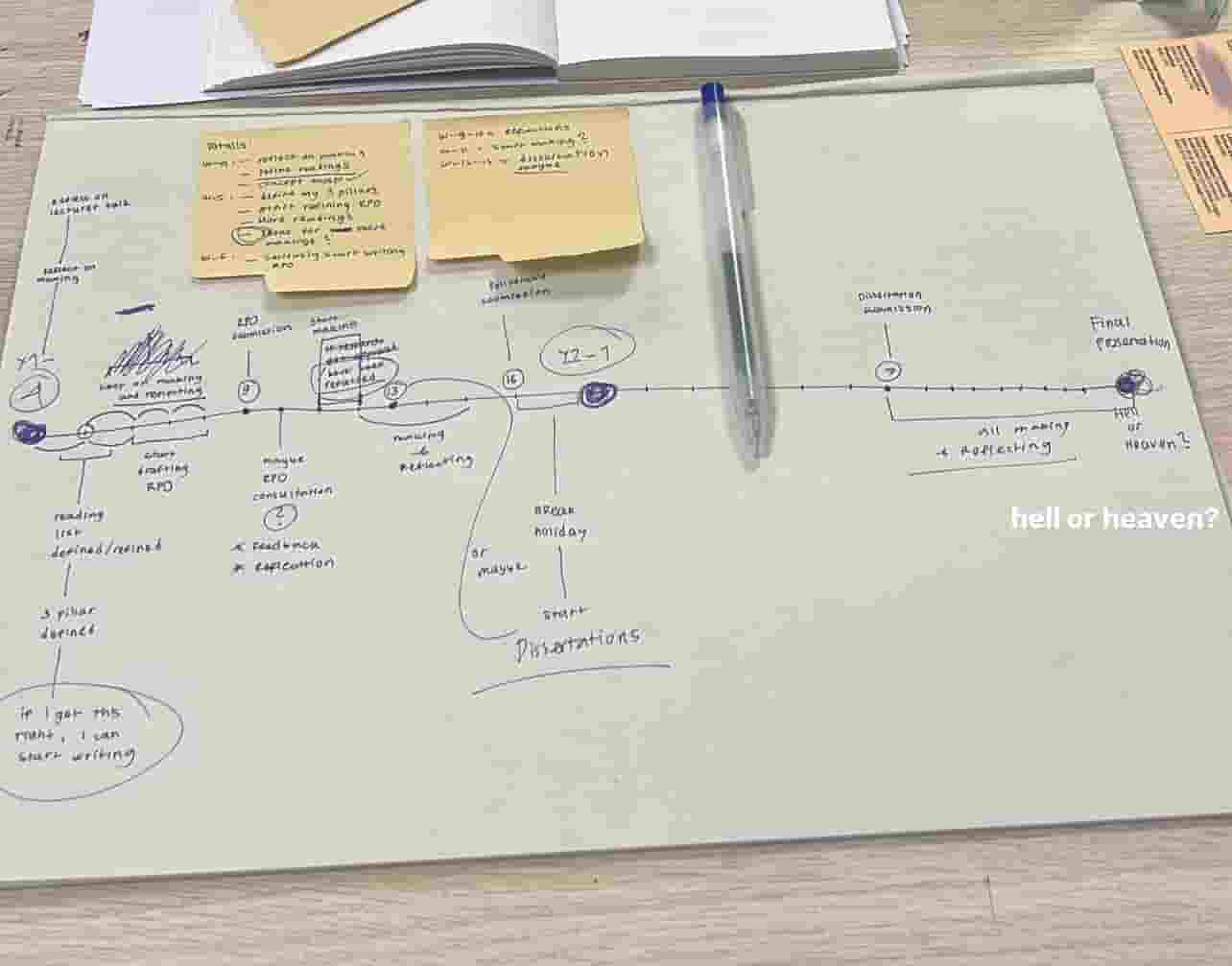
References
—-Dewey-Hagborg, Heather. "Generative Representation." A CAT, A DOG, A MICROWAVE... Cultural Practices and Politics of Image Datasets, edited by Nicolas Malevé and Ioanna Zouli, The Photographers' Gallery, 2024. —-Matthias Scheutz. Computationalism : New Directions. Cambridge, Mass., Mit Press, 2002.